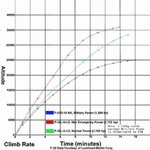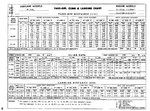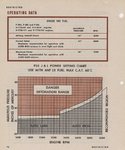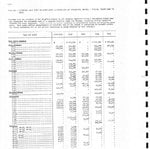Trying to compare the P-47 padle blade and the P-38J but don't know about the climb rates. The paddle blade P-47D that came out in 1944 had a climb rate of 3,120fpm at 5,000 feet.
The P-38J coulod reach 20,000 feet in 7 minutes flat.
Does anyone have any data for each aircraft at the same altitude?
The P-38J coulod reach 20,000 feet in 7 minutes flat.
Does anyone have any data for each aircraft at the same altitude?








